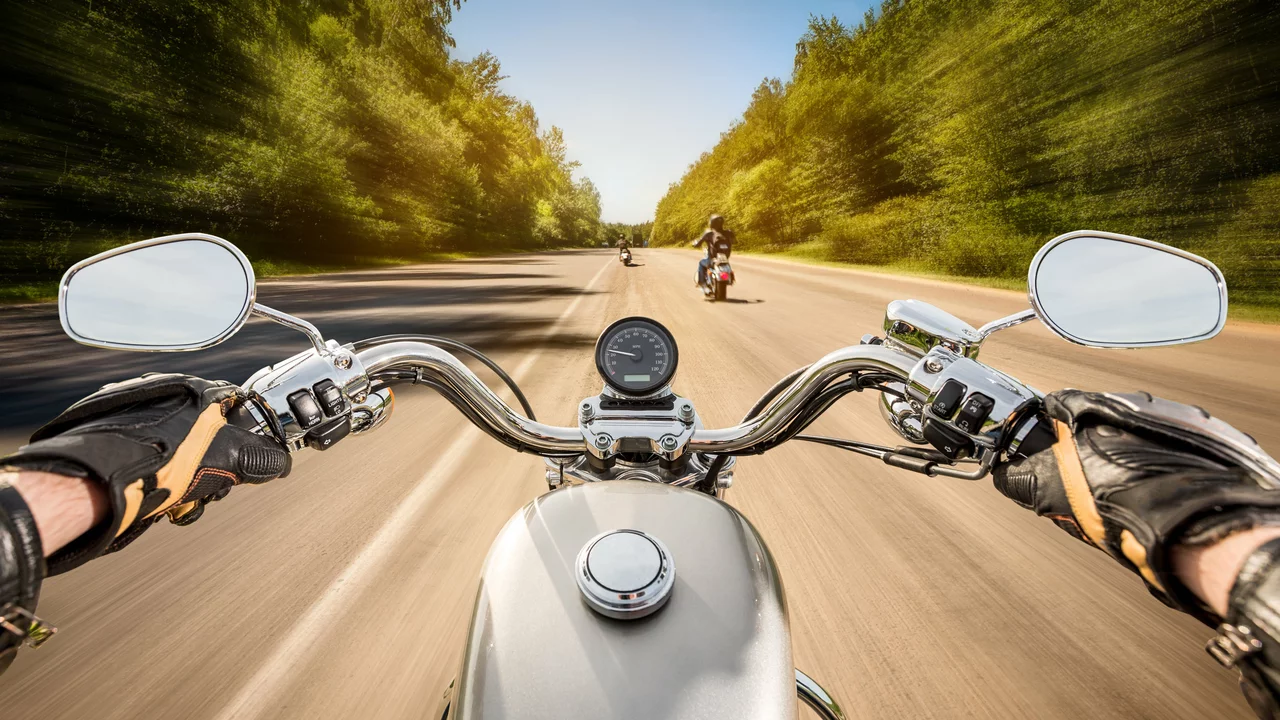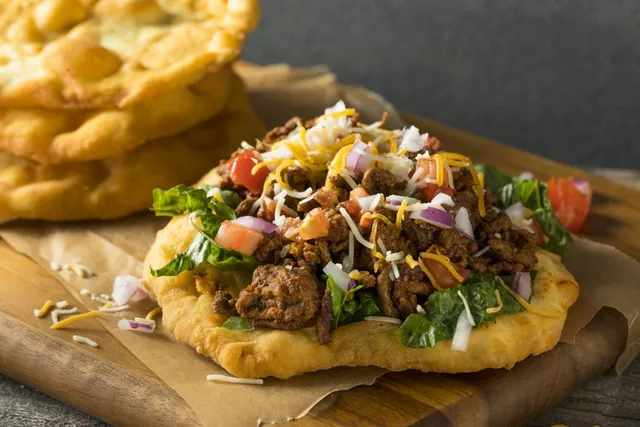Indian Roads: Practical Tips for Driving, Safety and Travel
Want to travel across India without stress? Indian roads can surprise you — smooth highways, chaotic city streets, narrow village lanes, and everything in between. This guide gives straight, useful tips you can use right away: how to prepare your vehicle, what to watch for on different road types, and simple safety steps to avoid common problems.
Know the roads you’ll meet
National Highways: These connect major cities and usually have better surfaces, wide lanes, and tolls. Expect faster traffic but also trucks and slow-moving vehicles. State Highways: Good quality in many states, but maintenance varies. Watch for sudden potholes or narrow bridges. Rural Roads: These can be unpredictable — dirt patches, animals, tractors, and local traffic. Slow down and be ready to stop. City Streets: Expect frequent stops, two-wheelers weaving through traffic, and parked vehicles blocking lanes. Use small gaps, signal clearly, and be patient.
Practical safety and driving tips
Prepare your vehicle: Check brakes, lights, tires, and coolant. Carry a spare tire, basic toolkit, tow rope, and a first-aid kit. If you ride a bike, wear a good helmet and protective gear. Plan your fuel stops: Long stretches, especially in rural areas, can lack petrol pumps. Use a navigation app to mark stations. Avoid night driving on unknown rural roads whenever possible — visibility drops and hazards increase.
Driving behavior: Don’t assume other drivers will follow rules. Keep a safe gap, especially from trucks. Use your horn politely but clearly at blind turns. Overtake only when you have a clear view and space. Watch out for two-wheelers and animals — they often appear suddenly. When stuck in traffic, avoid lane cutting; it usually makes things slower for everyone.
Tolls and payments: Many highways use electronic tolls. Keep a fastag or contactless payment method ready to avoid queues. Keep small change handy for local tolls or unexpected fees. Parking: In cities, look for paid parking lots; avoid leaving valuables in plain sight. If possible, use guarded parking for overnight stops.
Emergency basics: Save local emergency numbers and a trusted mechanic’s contact. If you break down, move the vehicle off the road, turn on hazard lights, and place a warning triangle or cloth behind the vehicle. If you face a medical emergency, call local ambulance services and provide clear location details using nearby landmarks.
Road trips and etiquette: Respect local customs and speed limits. Support local businesses for food and rest stops. Carry water and snacks for long stretches. Finally, stay calm — most problems are solvable with a clear head and simple precautions. Safe driving makes the journey as good as the destination.

Which is more dangerous, riding a bike or a car in Indian roads?
Navigating through the chaos of Indian roads, one often wonders whether it's riskier to ride a bike or drive a car. From my perspective, bike riding carries more risk due to less physical protection, exposure to environmental conditions, and the need for balance. On the other hand, cars are safer but not without their dangers, including high-speed accidents. However, regardless of your vehicle of choice, the key to safety lies in responsible driving and adherence to traffic rules. In conclusion, while both have their risks, the vulnerability of bike riders seems to tip the scale towards them being the more dangerous option.
Categories
- Social Issues in India (3)
- Sports (3)
- Business & Markets (2)
- Weather & Climate (2)
- History and Politics (1)
- Quick and Easy Indian Breakfast Recipes (1)
- Food and Culture (1)
- Road Safety & Transportation (1)
- Cultural Experiences/Travel & Living Abroad (1)
- Technology Reviews (1)
Popular Articles

